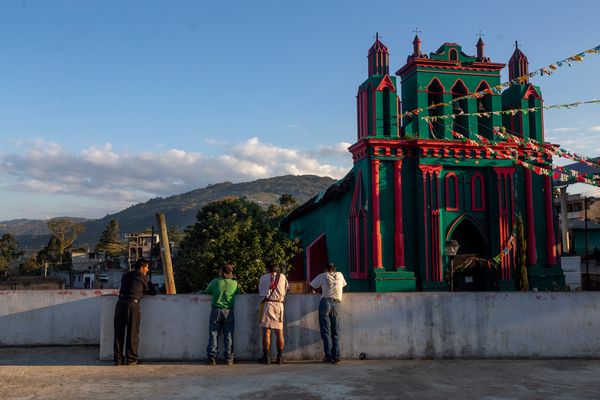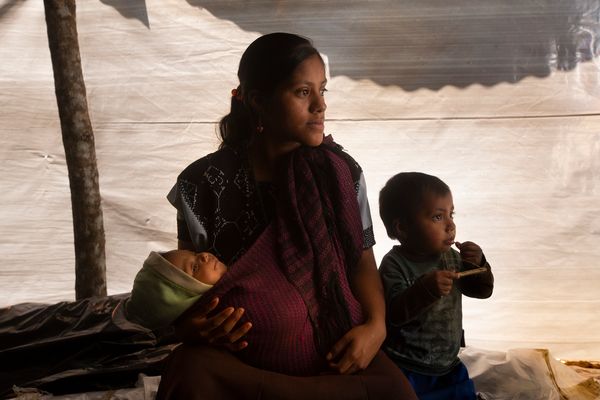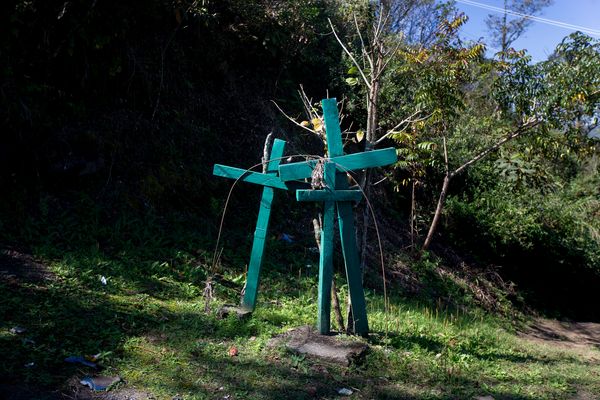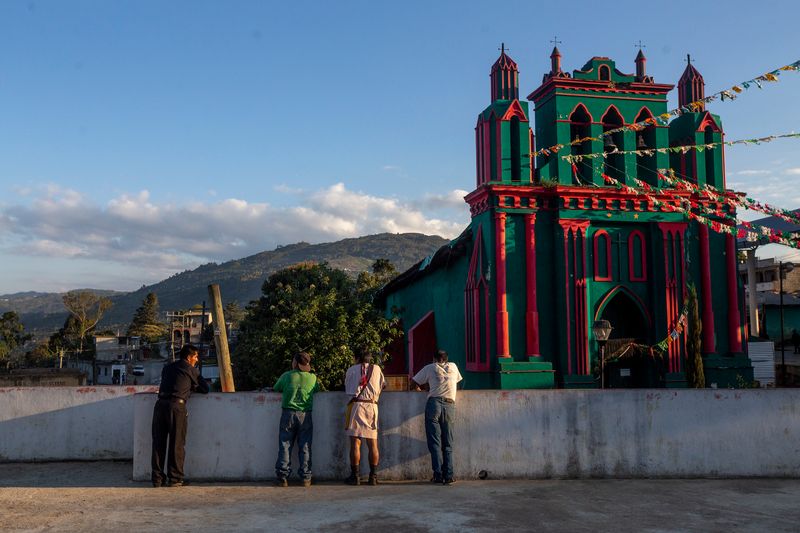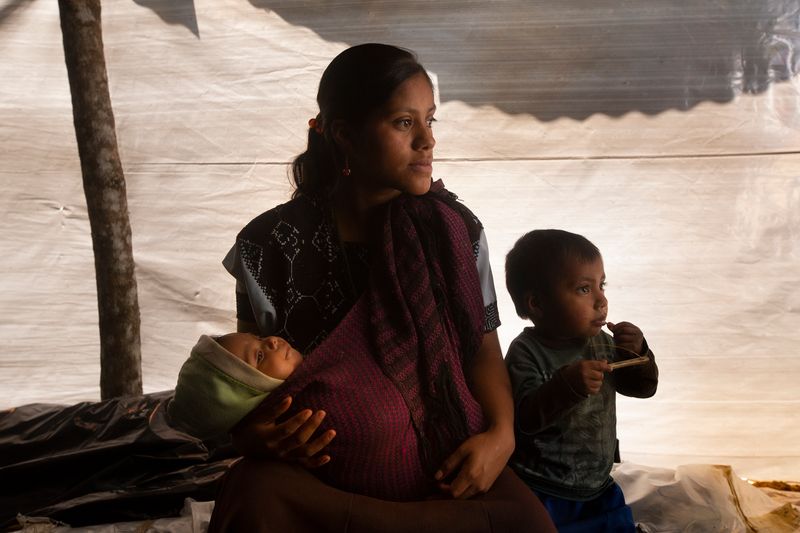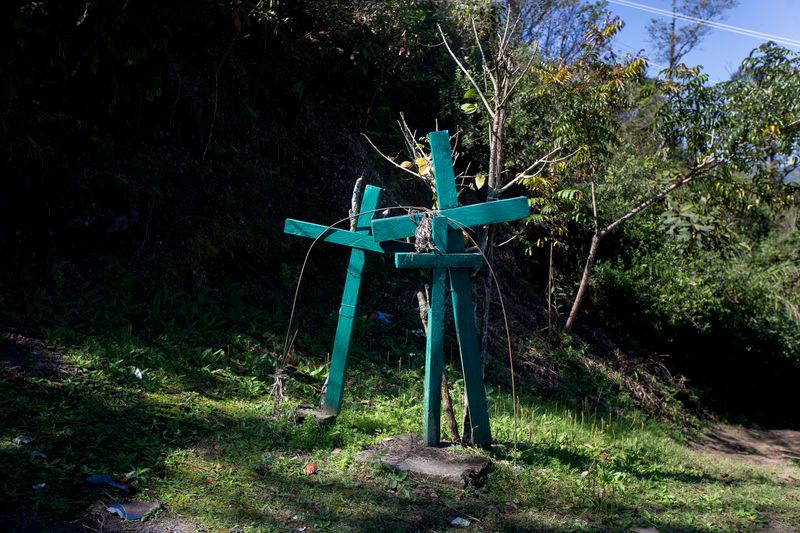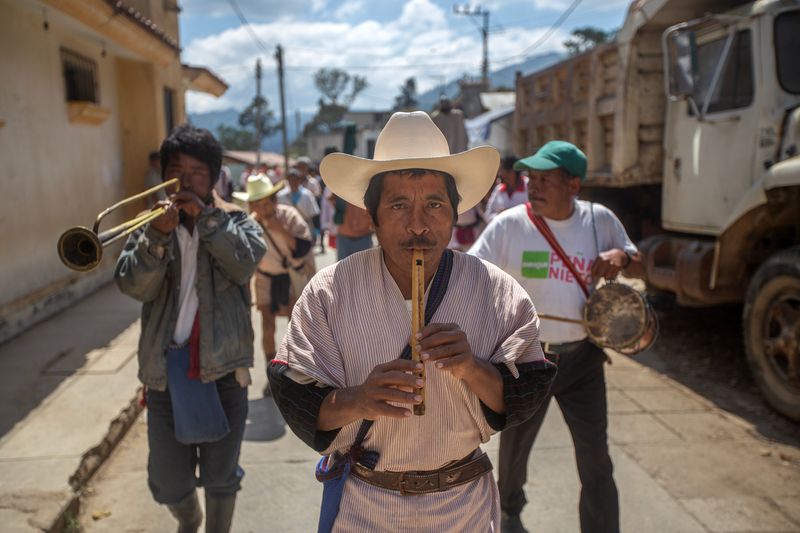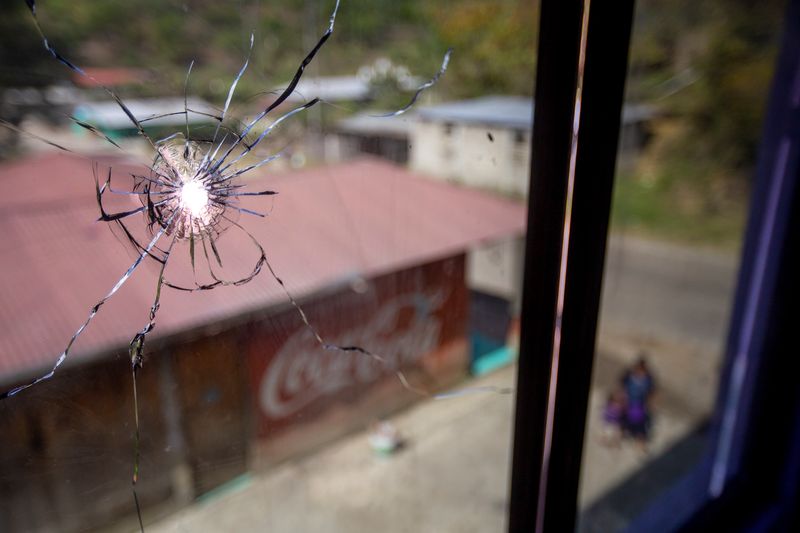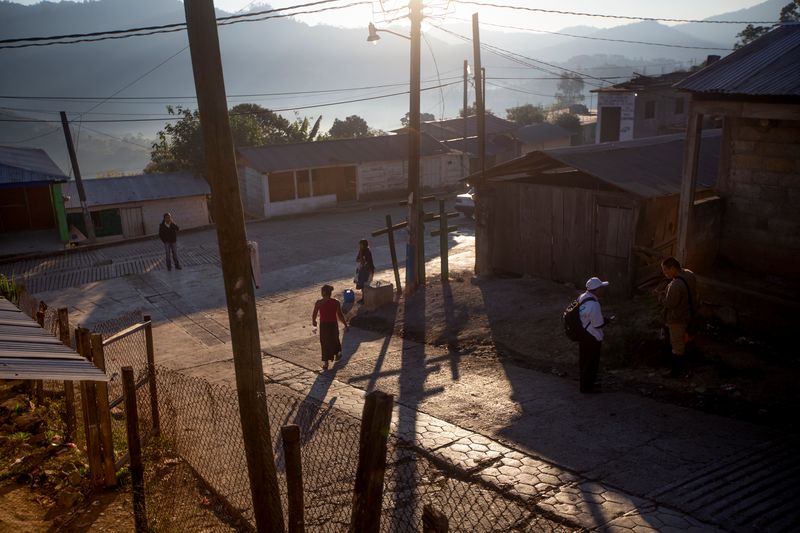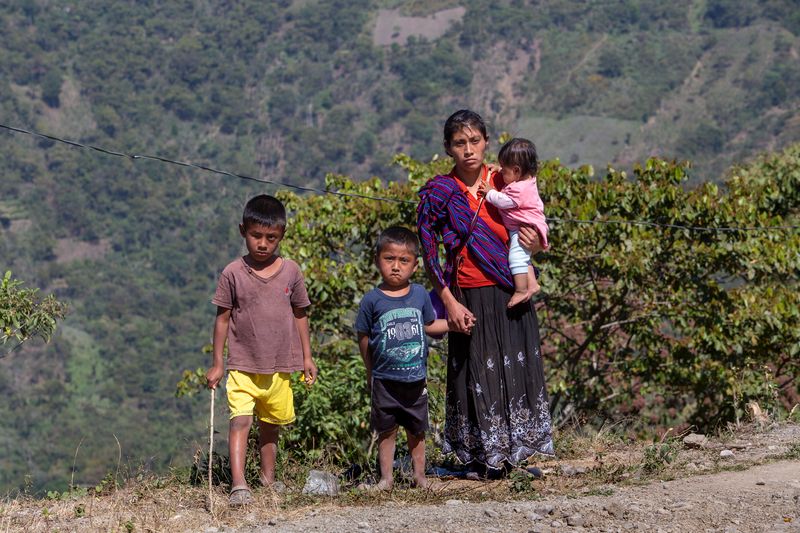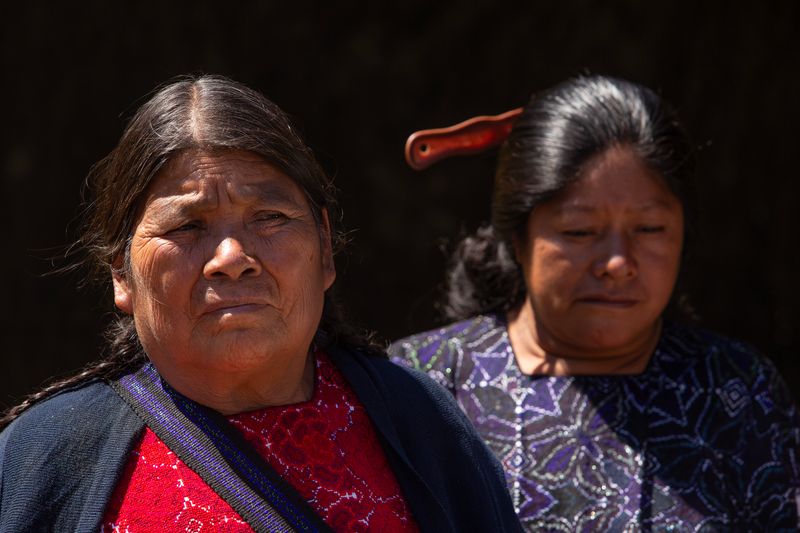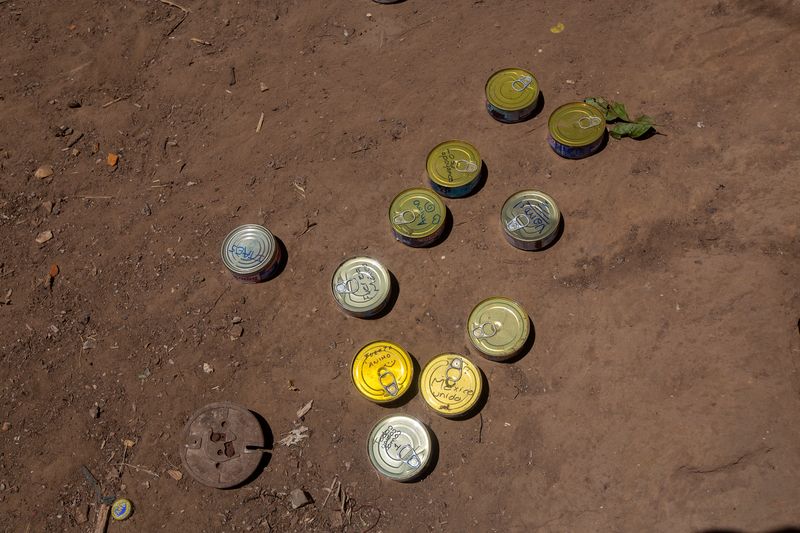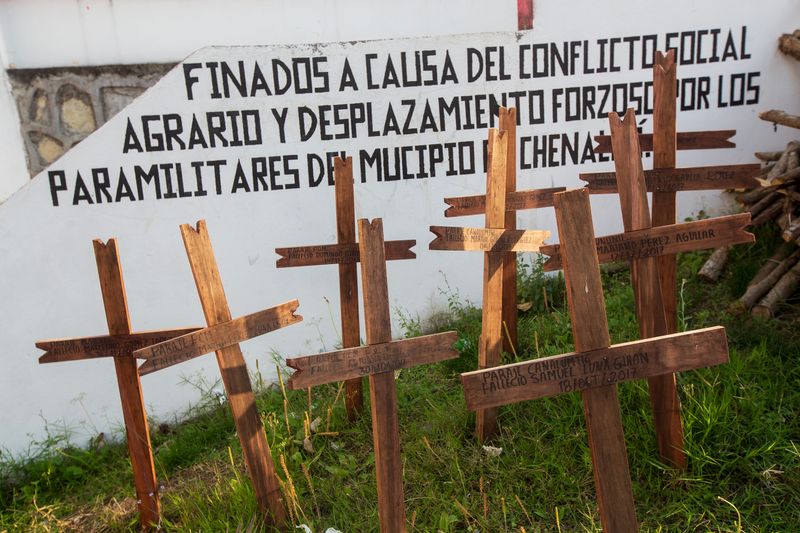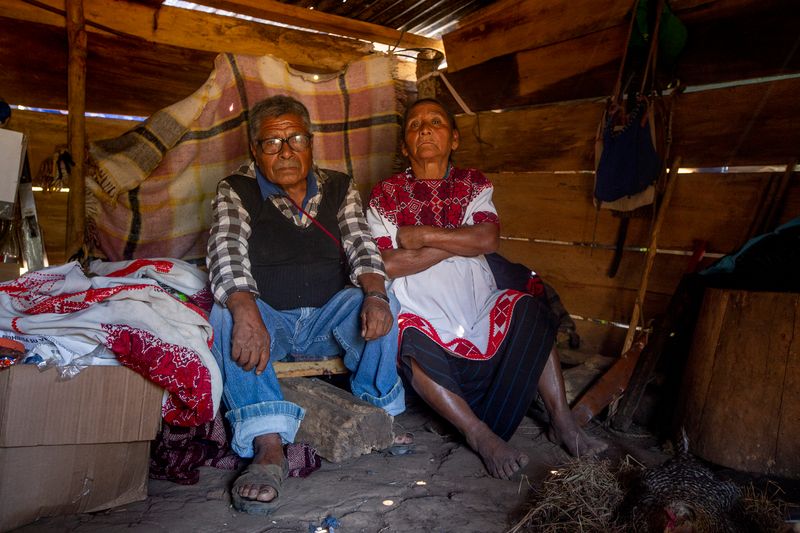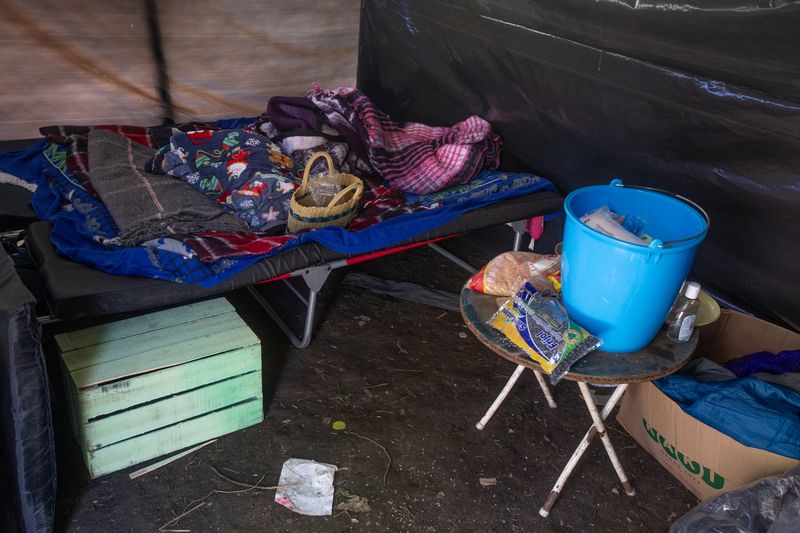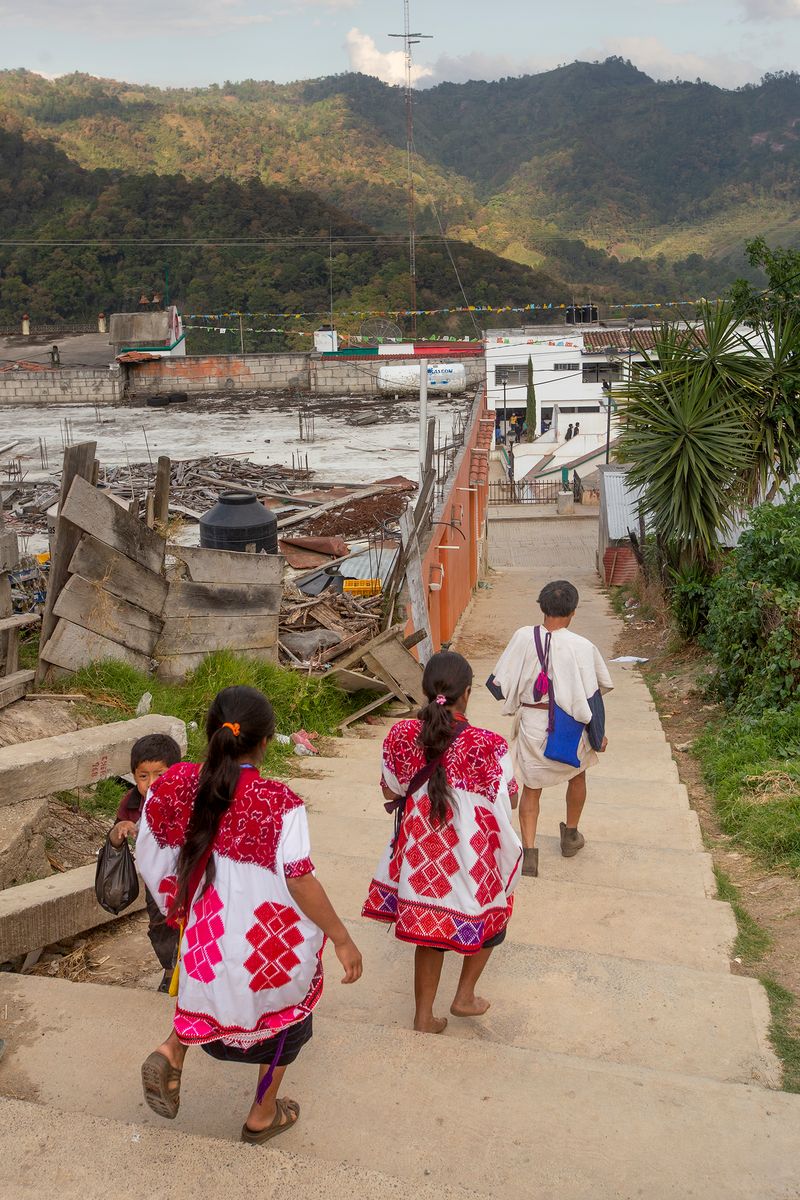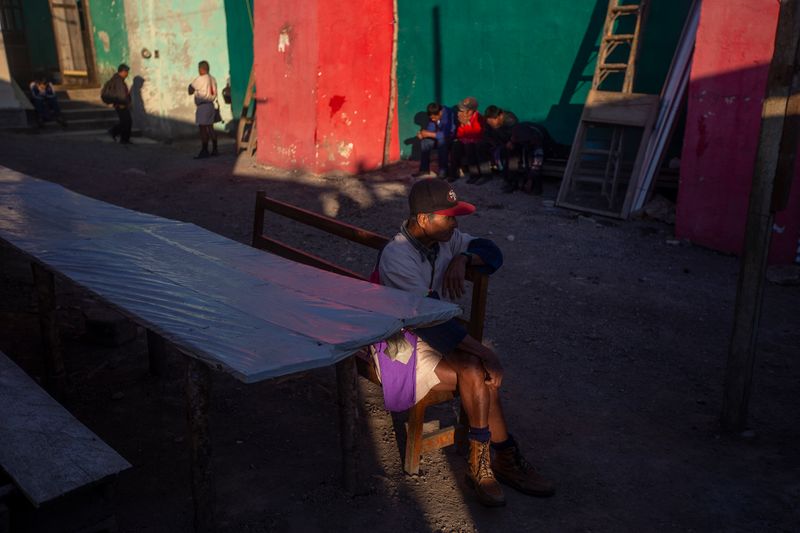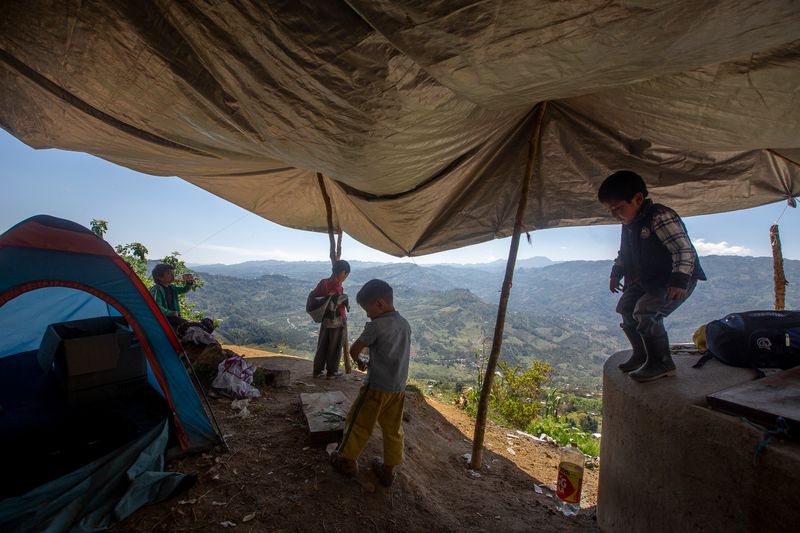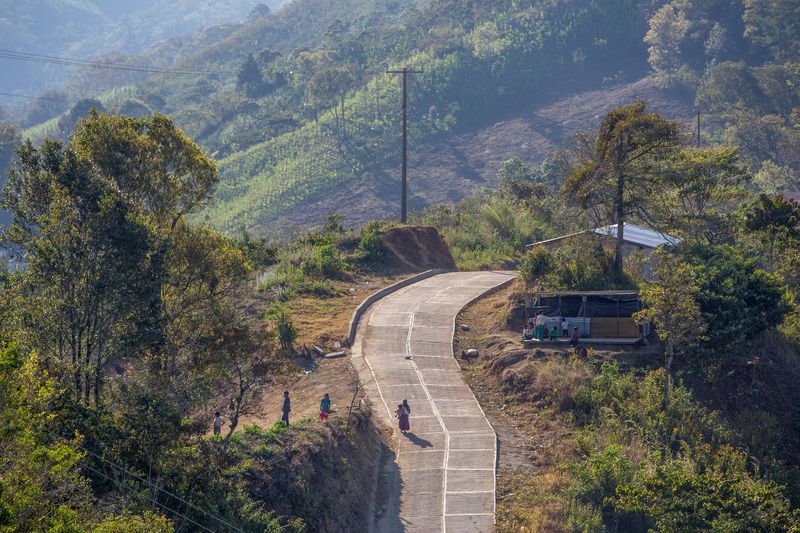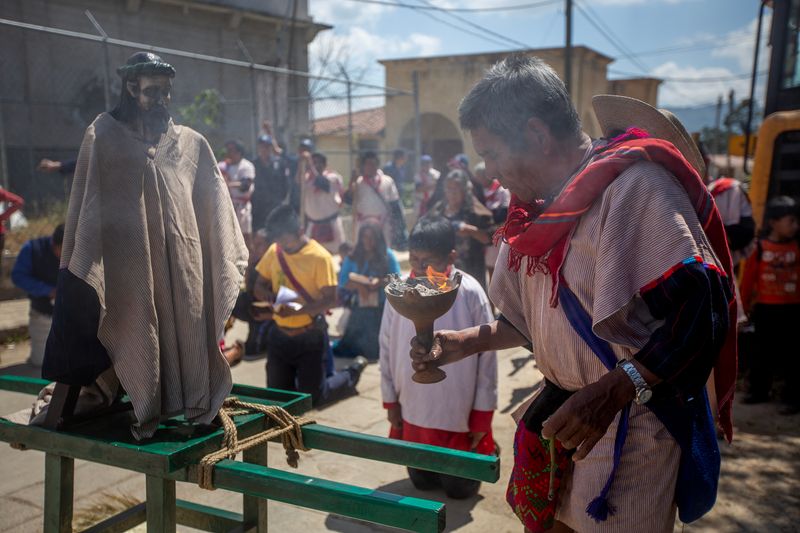Tsotzils in Forced Displacement
-
Dates2018 - 2018
-
Author
- Topics Social Issues
- Location Chalchihuitán, Mexico
Until this date in Chiapas, internal forced displacement is one of the serious human rights violations that has worsened the most, since at least 16,755 people have had to flee their homes between 2010 and the end of 2022, asserted the Frayba Center.
For three days in February 2108 thanks to the management of FRYBA, a Human Rights Center located in San Cristobal de las Casas a manager from the Chalchihuitan community helped us tour the camps for displaced people. He is also currently a victim of violence. During this tour, he invited us to testify what was happening. In order to demonstrate the reality that hundreds of families displaced by paramilitary cells were living. All transfer movements were almost hidden, with friendly taxi drivers and tinted windows, with the warning that there were many people watching the movements of organizations that were in favor of peace in the area, especially photographers and journalists and this It bothered certain powers that make decisions.
It was the first time that I slept in a church, the main one in the town, where the priest in charge was a mediator between the politicians and the heads of the communities that make up the municipality of Chalchihuitan and that were being displaced. We slept in the town church for four nights, and in each of them from afar you could hear the shots that the armed groups fired from the darkness, shots into the air just to keep those who were hiding in the mountains scared in fear of being attacked.
The Tzotzil call themselves batsiI winik'otik, "true men," and the Tzeltal refer to themselves as winik atel, "working men"; both speak the batsil k'op, or true or legitimate language. The Tzotzil word derives from sots'il winik, which means "bat man". It is said that the ancestors of the Zinacantecos found a bat in that plain and took it for God.
Chalchihuitan is a Tzotzil small town of 21,000 inhabitants. In 2017, the communities of Chenalo and Chalchihuitan were victims of political disagreements that, as always, affected the most vulnerable. According to the applicants, “armed civilian groups” or the “Chenalhó paramilitary court” caused the displacement of approximately 5,000 Tzotzil indigenous people from 10 identified communities of origin. This, also after the death in October 2017 of a resident of the Kanalumtik community of Chalchihuitán that would be adjacent to the Majompepentic community of Chenalhó and in the framework of the agrarian conflict. On December 18, 2017, authorities from Chalchihuitán reported that the shooting by "civilian armed groups" would continue against the Patkanteal, Pacanam, Lobolaltik, Kitilchij and Balunaco communities, which make up around 2,000 people.
According to the applicants, there is a situation of violence based on a conflict of territorial limits between Chalchihuitán and Chenalhó "that dates back more than 45 years without a solution." The
The inhabitants of Chalchihuitán and Chenalhó belong to Tzotzil indigenous communities and peoples. In 1975, a Recognition and Titling of Communal Assets was obtained in favor of San Pablo Chalchihuitán, giving them various lands until 1981. According to what they indicated, when the work of recognition and titling of the "communal assets" was carried out, the river would not have been considered as a natural limit between both towns, generating a conflict over 900 hectares with Chenalhó. Since 2005, this conflict would have been prosecuted before an Agrarian Court in Chiapas.
On November 24, 2017, the Inter-American Commission on Human Rights received a request for precautionary measures submitted by the Fray Bartolomé de Las Casas Human Rights Center for the adoption of the necessary protection measures to guarantee the rights of indigenous Tsotsils displaced from Chalchihuitán and Chenalhó. In Chiapas.
Bibliography.
INTER-AMERICAN COMMISSION ON HUMAN RIGHTS
RESOLUTION 15/2018
